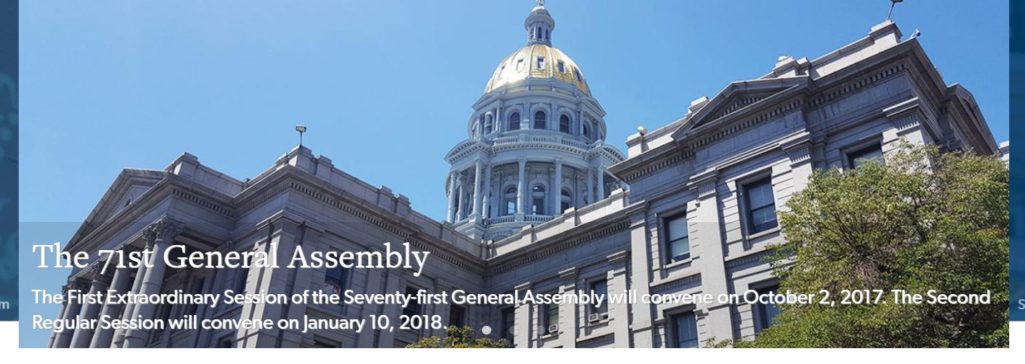
Legislative Council Provides Crucial Oversight and Guidance to the General Assembly
By Darren Thornberry Editor’s Note: Currently, there are four statutory committees whose duties include overseeing the operations of four of the legislative staff agencies. It appears that the General Assembly […]


